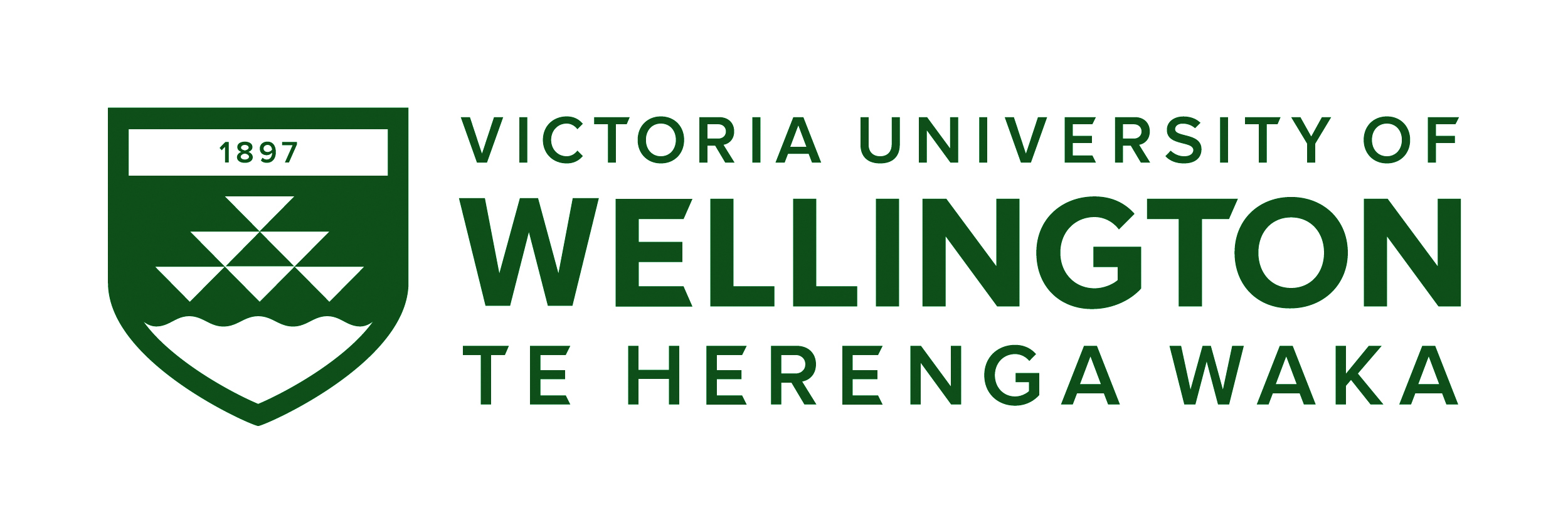"... the menace posed to public healthy "insantiary pahs": Sir Māui Pōmare's clean up of Māori architecture
DOI:
https://doi.org/10.26686/aha.v8i.7100Keywords:
Rātana, Tahupōtiki Wiremu, Pōmare, Sir Māui, Ngata, Apirana, Hērangi, Te PueaAbstract
Apirana Ngata, Te Puea Hērangi and Wiremu Rātana each left behind what Deidre Brown calls "a major architectural movement" – Ngata staged an architectural renaissance based on traditional practices, Te Puea looked to develop a blending of building practices, and Rātana pointed to a new direction altogether. Sir Māui Pōmare, however, left no distinctive architecture that embodied his views of his people's future, and has largely been overlooked in New Zealand's architectural history as a result. Pōmare's crusade to improve the health of Māori communities, however, did have a pervasive and direct impact on Māori architecture. His beliefs and actions provide an important counterpoint to those of his contemporaries, helping us understand the full spectrum of architectural actions taken by Māori in the early twentieth-century. This paper examines Sir Māui Pōmare's work and its architectural impact, placing it in the context of other influential Māori architectural movements of the time.Downloads
Download data is not yet available.
Downloads
Published
2011-01-01
How to Cite
Schmidt, T. (2011). ". the menace posed to public healthy "insantiary pahs": Sir Māui Pōmare’s clean up of Māori architecture. Architectural History Aotearoa, 8, 47–57. https://doi.org/10.26686/aha.v8i.7100
Issue
Section
Articles
License
Copyright of individual papers is held by the author.





